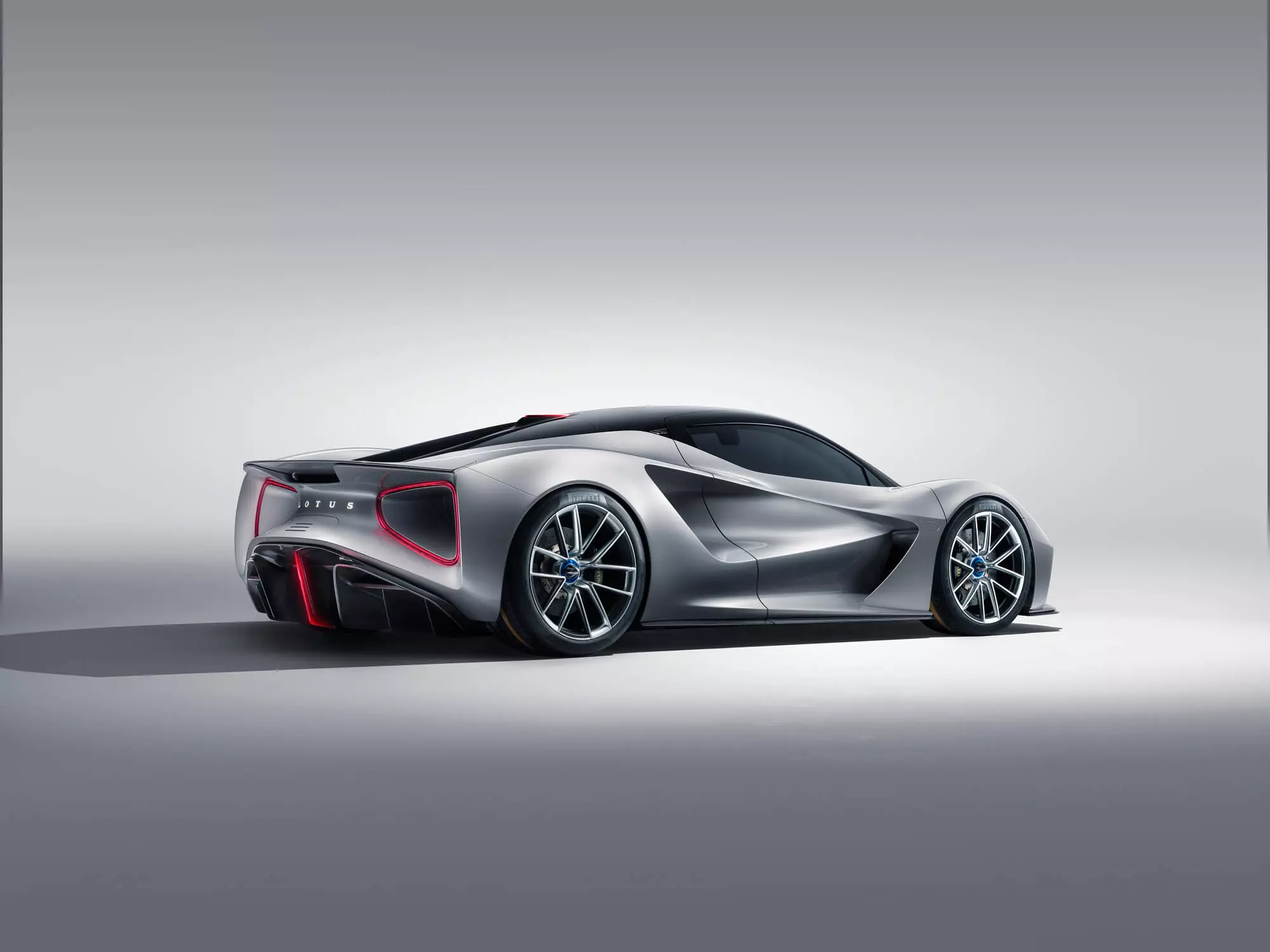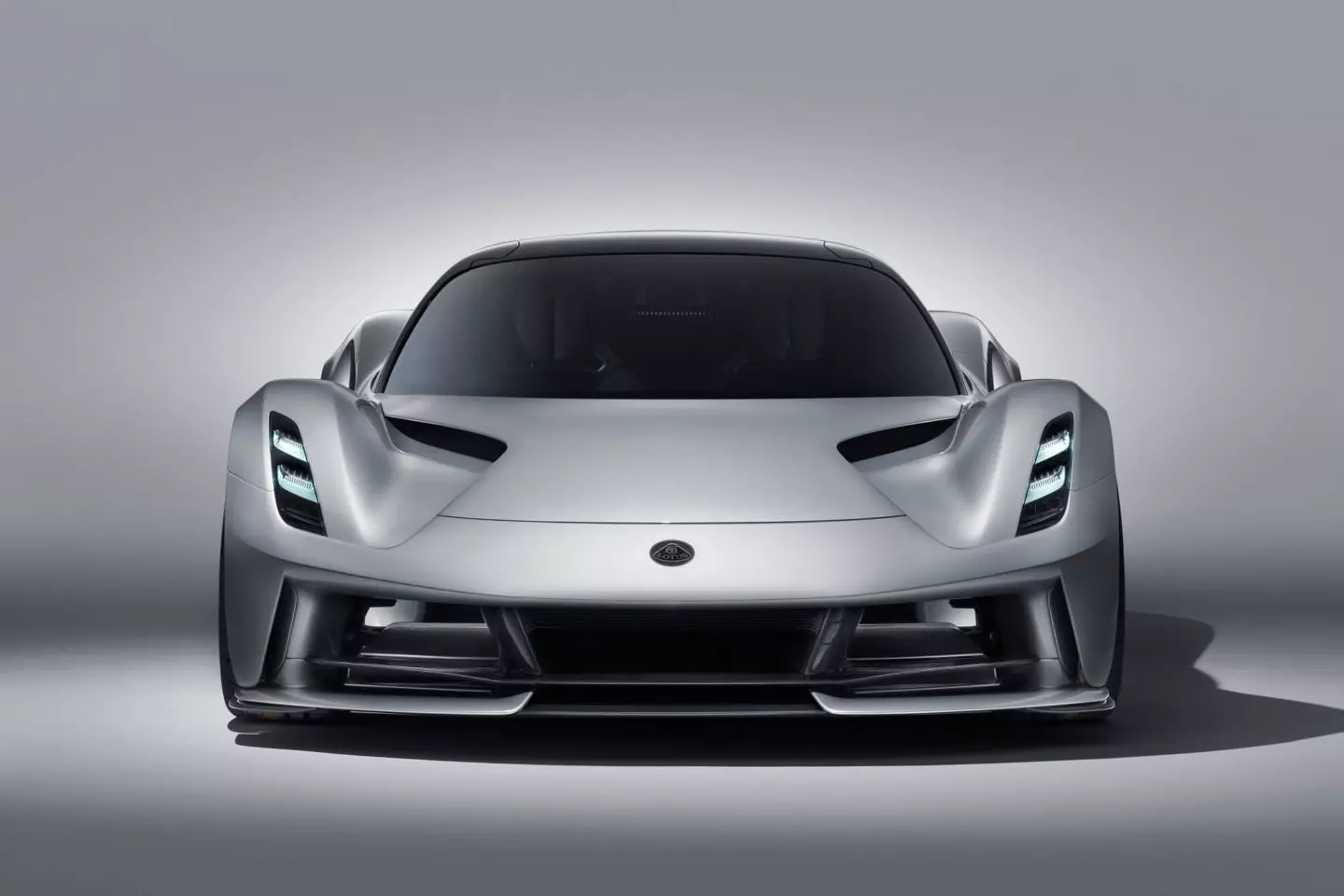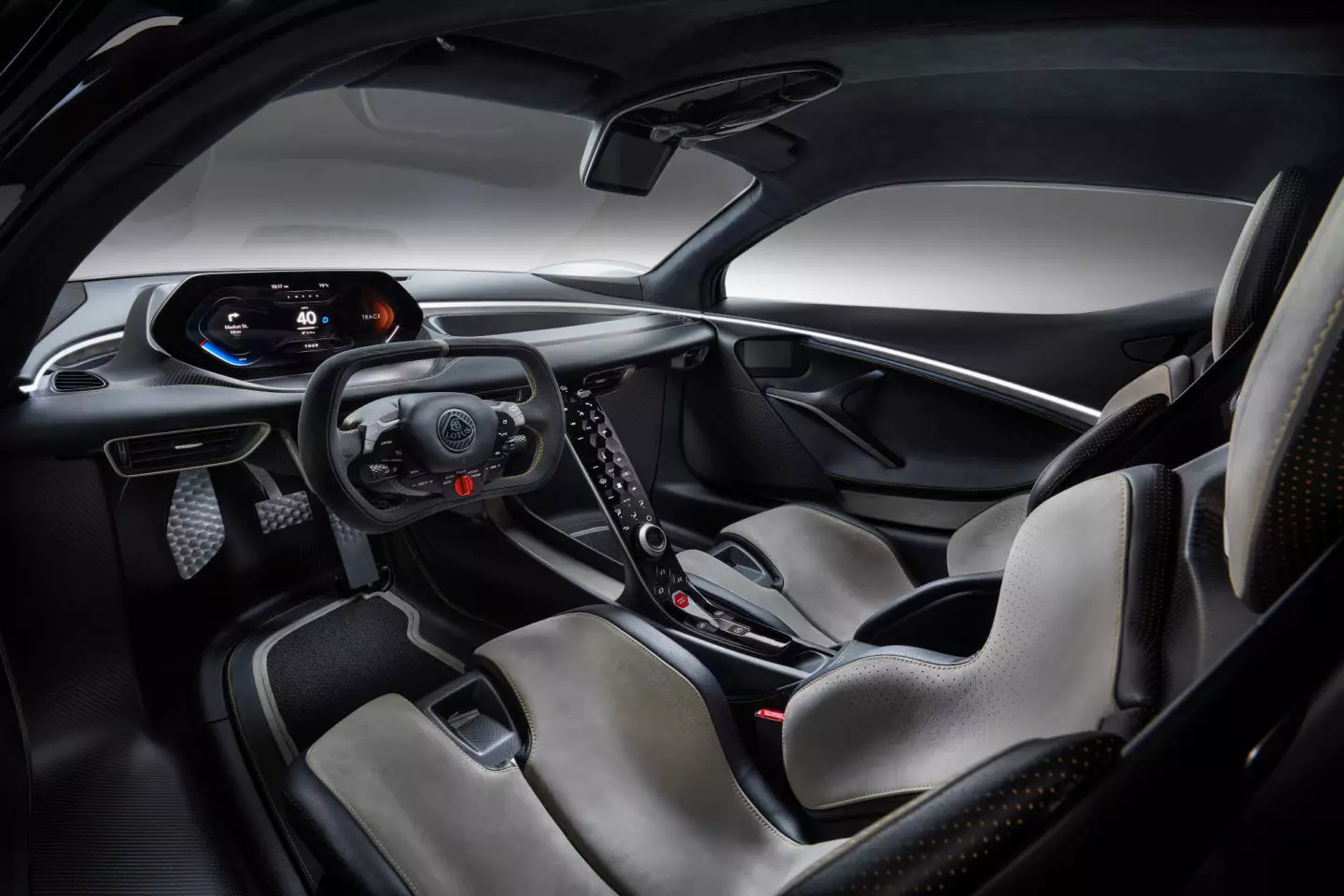Usually associated with the creation of small agile and light sports cars, Lotus decided it was time to enter the “war” of hypercars and revealed the avoid , its first new model in more than ten years and the first to be released since the brand became controlled by Geely.
With a production limited to just 130 units the Evija (Type 130) represents a series of firsts for Lotus. It's their first hypercar, their first electric model, their first model with a carbon fiber chassis and it's also the heaviest model in its history, weighing 1680 kg (it's still the lightest series-production electric hypercar ).
Although it has not yet released an official power value, Lotus points to 2000 hp , a value that will make it the most powerful series production model in the world. To give you an idea, its more direct competitors, Pininfarina Battista and Rimac C_Two, have “only” with 1900 hp and 1914 hp respectively.

Evija's numbers
Despite not having revealed the power of the Evija, Lotus announced that it has four electric motors (one in each wheel), which guarantee a torque of 1700 Nm and, of course, four-wheel drive. The battery of 70 kWh and 2000 kW of capacity that powers them appears in a central position behind the seats.
Subscribe to our newsletter
As for the installments, Lotus claims the Evija reaches 0 to 100 km/h in less than three seconds and is capable of reaching 300 km/h in less than nine seconds . As for the maximum speed, the British brand only claims that it is higher than 320 km/h.

At the front, the traditional "smiling" Lotus grille has disappeared.
Available with five different driving modes (Range, City, Tour, Sport and Track), the Evija has an autonomy (already according to the WLTP cycle) of 400 km . According to Lotus, in a 350 kW charger it is possible to recharge up to 80% of the battery in just 12 minutes (100% takes 18 minutes), with the hypercar already prepared to be charged to 800 kW.
Aerodynamics above all
It's easy to see what the Lotus engineers' goal was: to improve aerodynamics as much as possible. A factor that ultimately determines its design, with Evija having a set of complex surfaces that create channels and tunnels to optimize aerodynamic performance.
The highlight? Venturi tunnels that mark the rear and optimize the airflow towards the rear, reducing aerodynamic drag, outlined at their end by a strip of LEDs, which serve as rear optics.
Also noteworthy is the absence of rearview mirrors, exchanged for cameras and even has a DRS system identical to the one used in Formula 1.
Inside the first British electric hypercar, the strong presence of carbon fiber and the “floating” center console with numerous buttons stand out.

Inside, the use of carbon fiber is constant.
Scheduled for arrival in 2020, the Lotus Evija can be booked for 250 thousand pounds (about 277,000 euros) and its final price is still around 1.7 million pounds (about 1.9 million euros) before taxes.
